When it comes to eco-friendly hotels, South America is in a league of its own. Sometimes these places were designed to be eco-friendly out of necessity: If you’re in the middle of the jungle, you might not have many options other than being off-grid, for instance. Most of the time, it was also a conscious decision to build a hotel that would allow guests to appreciate the stunning natural environment while ensuring it will still be there for future visitors. That’s why they came in the first place, after all.
So what makes for eco-friendly hotel design? The focus is on sustainability. Strategically placed windows make the most of natural light and help regulate temperatures. Trees provide shade to keep things cool while providing a habitat for wildlife. Showers are water efficient and wastewater is treated responsibly. The building materials used are sustainable and locally sourced for the most part. And the building blends in with the environment. With these principles in mind, here are the best designed eco-friendly hotels in South America.
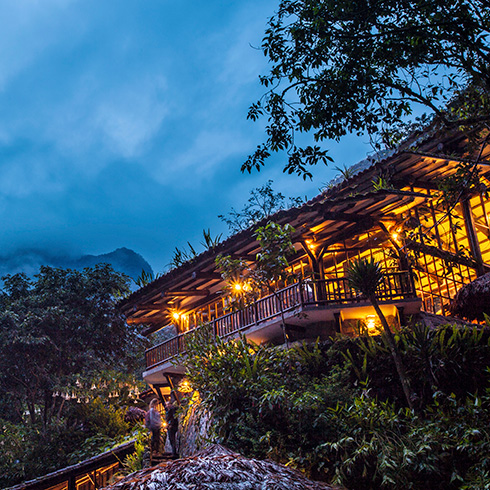
Inkaterra Machu Picchu Pueblo Hotel, Peru
Machu Picchu Pueblo used to be known as Aguas Calientes and is the town at the foot of the mountain where you’ll find the ancient Inca citadel of Machu Picchu. The Inkaterra Machu Picchu Pueblo Hotel is located on the edge of town on a tree-filled five-hectare site that is home to 372 species of orchid – one of the top five houseplants to improve your mental health – and 214 species of bird. Casitas made of sustainable materials like adobe and wood are connected through stone pathways, reminiscent of an Inca village. Recycled materials are used throughout too and the spa features products made of local botanicals. The dining area features lots of large windows for views and plenty of natural light.
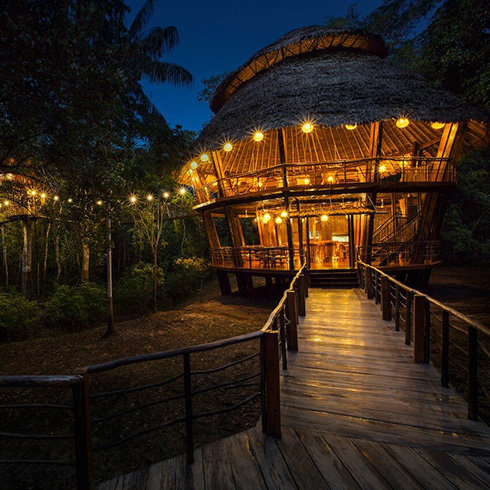
Treehouse Lodge, Peru
Located at the confluence of two smaller branches of the Amazon River south of Iquitos, Treehouse Lodge lets you experience the jungle from a different point of view but in five-star luxury. There are 12 treehouses built under the supervision of tree experts to prevent damage to the trees. These treehouses are built of wood, with roofs made of palm leaves. Big windows all around let the breeze in and you’re high above the mugginess down on the ground. All electricity comes from solar panels, water comes from the river and is purified, and wastewater goes into eco-friendly septic tanks.
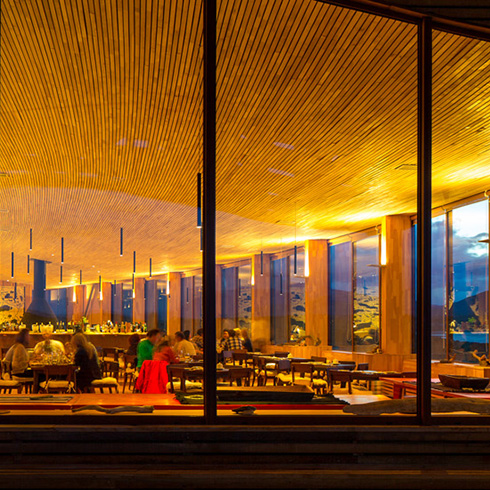
Tierra Patagonia Hotel & Spa, Chile
Located on the shores of Sarmiento Lake in Torres Del Paine National Park, Tierra Patagonia Hotel & Spa is all about simplistic elegance. Local lenga wood features throughout and helps the building blend in perfectly with the pampas surrounding it. Large windows allow in natural light and whitewashed walls and light-coloured décor help brighten up things on dark winter days, keeping things bright. The hotel also uses LED lights throughout and use energy-efficient ways to control temperatures. For instance, soft throws and sheepskin provide warmth when necessary.

Cambara Eco Hotel, Brazil
Cambará Eco Hotel on the outskirts of Cambará do Sul in southern Brazil was built next to a small lake and has won awards for its sustainable practices, including composting. The hotel collects rainwater for most of its water use and uses low-flow faucets, showers and toilets to conserve water. There are also two treatment plants for wastewater. Electricity comes from solar panels. Large windows, glazed walls and an open design allow for natural light and ventilation. Certified wood from reforestation projects and recycled materials feature throughout the building too.
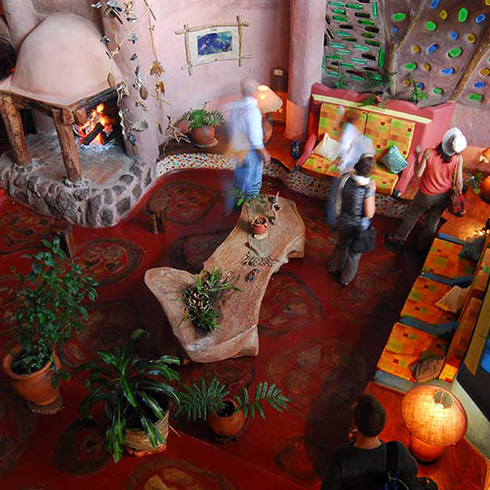
Yacutinga Lodge, Argentina
Yacutinga Lodge was built in a private jungle reserve on a bend in the Iguazú River, which forms the border between Argentina and Brazil. Adobe and wood are the main building materials and the lodge even incorporates natural materials found on-site, such as fallen trees and rocks. The rounded shapes perfectly blend into the environment and strategically placed windows let in natural light without compromising on cooling shade.
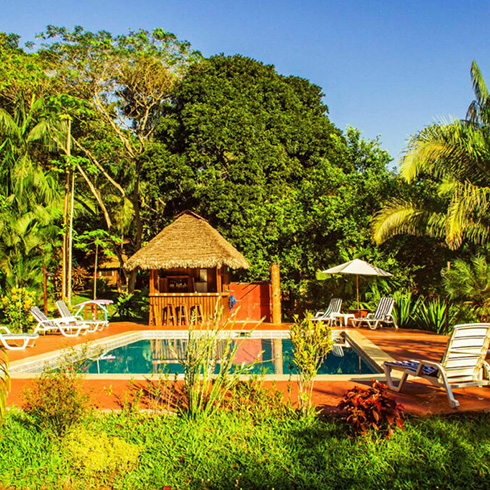
Corto Maltes Amazonía Lodge, Peru
Located east of Puerto Maldonado and on the southern bank of the Madre de Dios River, the Corto Maltes Amazonía Lodge is made up of 27 wooden bungalows. Large windows all around allow the breeze in and each bungalow also has its own porch, complete with hammocks to laze in. The palm-leaf roofs provide shade. Mosquito nets keep bugs away and because electricity – which comes from a generator – is available only at set hours, there are battery-powered LED lights by the beds and in the bathrooms.
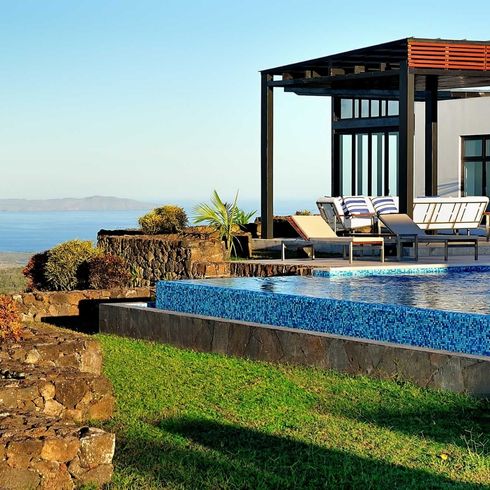
Pikaia Lodge, Ecuador
It’s no surprise that Pikaia Lodge would be serious about sustainability, given that it’s located on the Galápagos Islands. The steel used in the building design was imported and chosen to minimize the use of concrete, which can’t be recycled. Lava stones and tiles come from the islands and were collected from sites approved by Ecuador’s national park service. They’re cleaned with high water pressure rather than chemicals. Travertine and marble from Peru and sustainably cultivated wood and bamboo from the Ecuadorian mainland are used too. The strategic orientation allows the lodge to use the sun efficiently while cross-ventilation provides natural cooling. The roofs are designed to provide cooling shade and the light colours reflect the sun’s rays, while the slant allows for collecting rainwater.
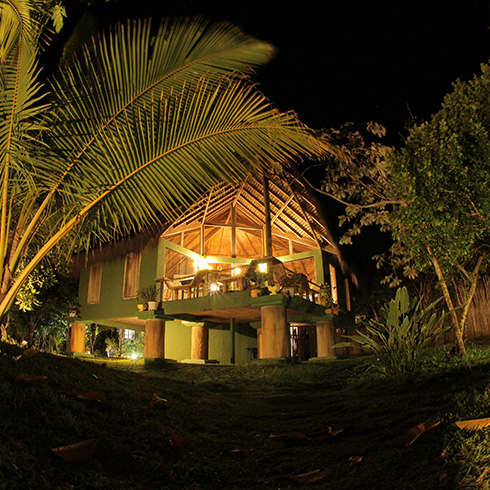
Butterfly House Bahia, Brazil
The bungalows that make up the beachside Butterfly House Bahia in Maraú, south of the city of Salvador, were built slowly and cautiously to minimize the impact on the surrounding environment. Recycled materials, salvaged demolition wood, bamboo and thatched roofs feature throughout, in perfect harmony with the lush, shade-giving gardens. Large windows open wide to let the ocean breeze in and provide natural light. But let’s be honest: You’ll be spending most of the daylight hours in a hammock, on the beach or in the pool anyway.
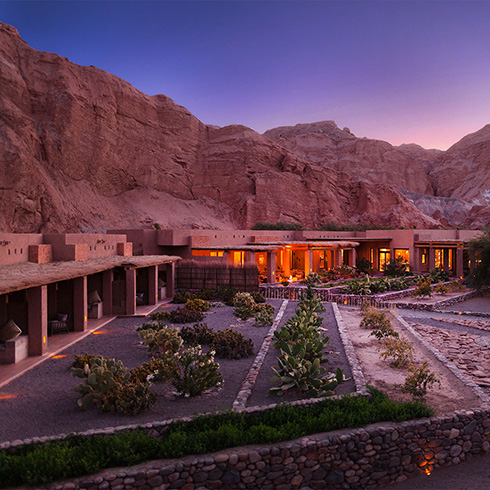
Nayara Alta Atacama, Chile
The adobe walls of the Nayara Alta Atacama, near San Pedro de Atacama, blend in so perfectly with its desert backdrop that you could easily miss it. Natural materials feature throughout the design, while wide porches and large, shaded patios provide cool refuge from the sun. While the hotel is on the banks of the San Pedro River, this is still the world’s driest desert outside of Antarctica and being water-wise is important. You can see this in the water-conserving rainfall showers but also in the gardens, which feature cacti and other plants adapted to the dry climate, while the clever use of rocks keep things looking tidy and stylish rather than forlorn.
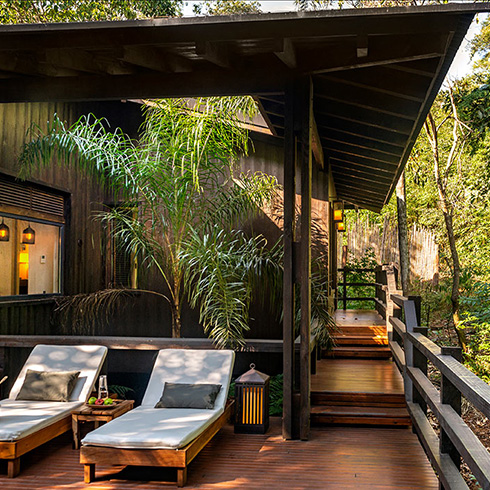
Awasi Iguazú, Argentina
Located in the jungle just east of Puerto Iguazú and near the Iguazú River, Awasi Iguazú is made up of 14 spacious villas, each with a private plunge pool. Wood is the main building material and each villa features wide decks and huge windows to make the most of the breeze. They’re all built on stilts too, which minimizes their environmental impact while keeping you elevated above the heat and humidity of the jungle. This features comes in handy too when the river floods.
HGTV your inbox.
By clicking "SIGN UP” you agree to receive emails from HGTV and accept Corus' Terms of Use and Corus' Privacy Policy.




